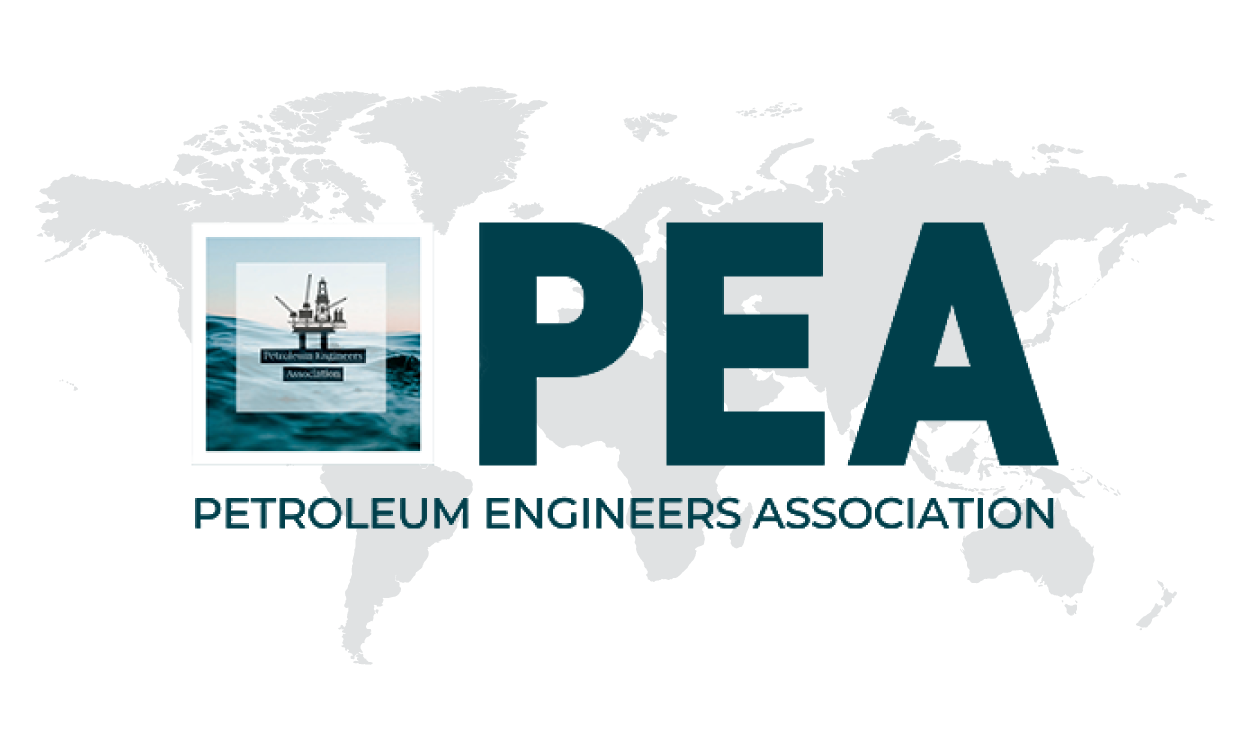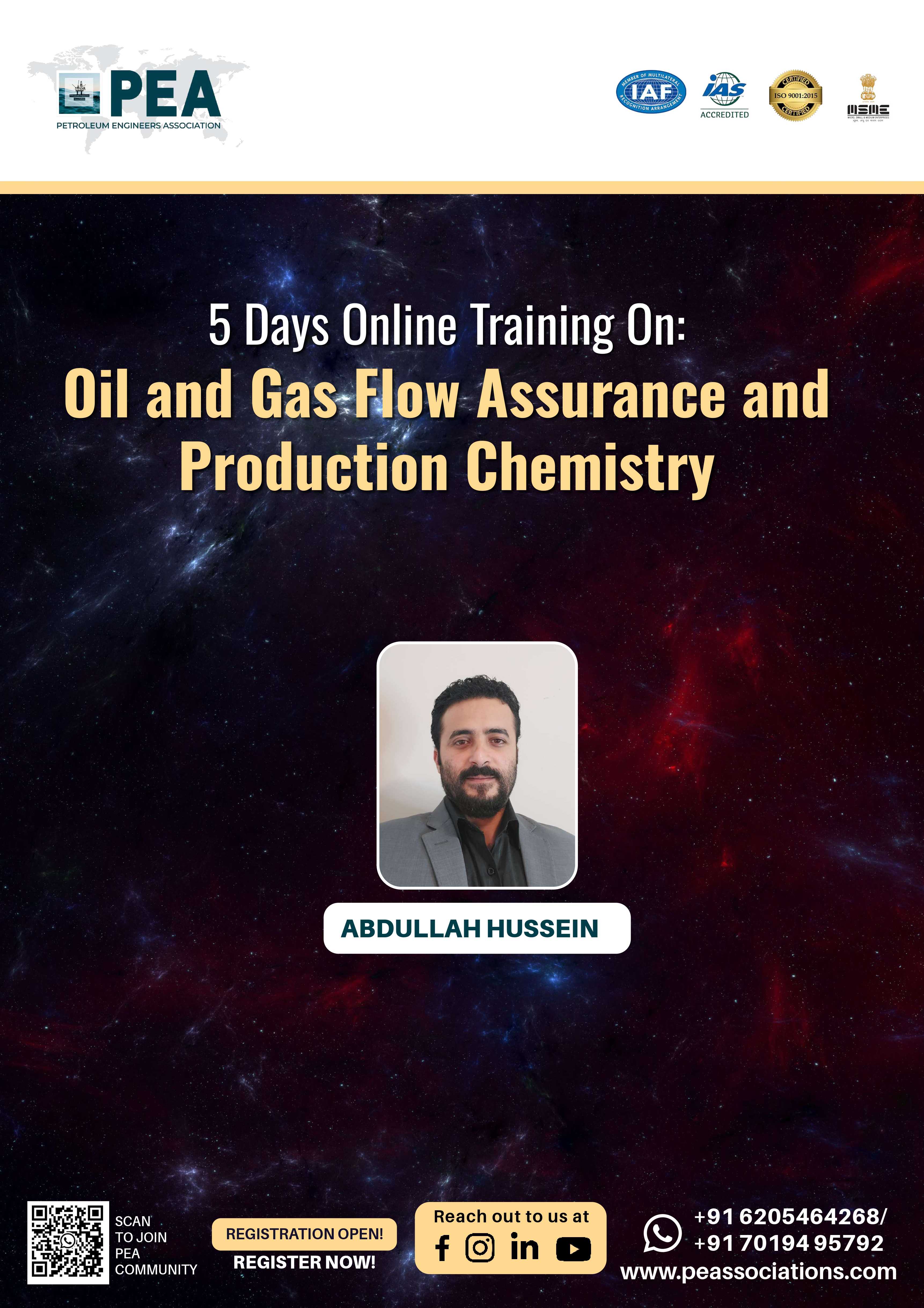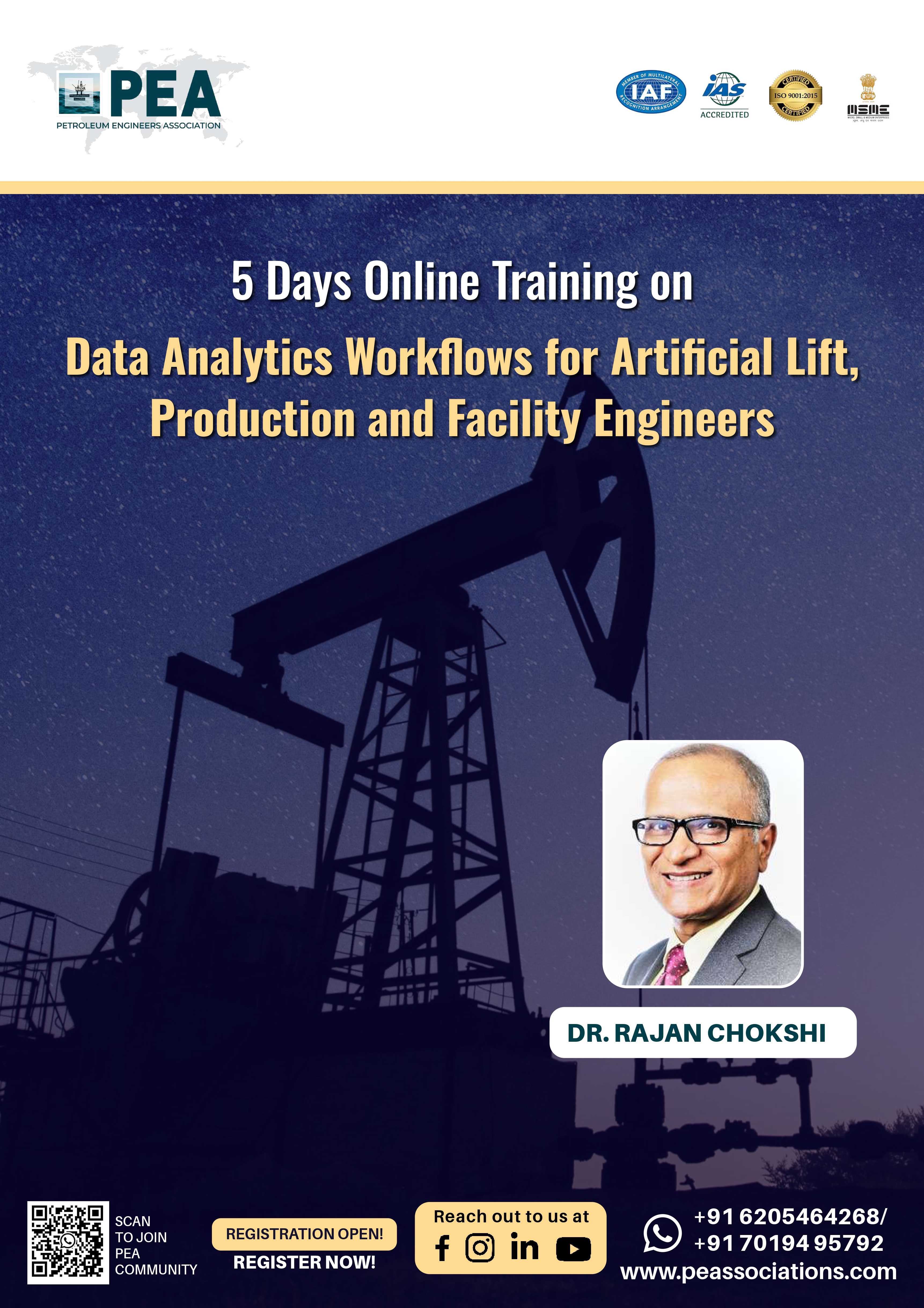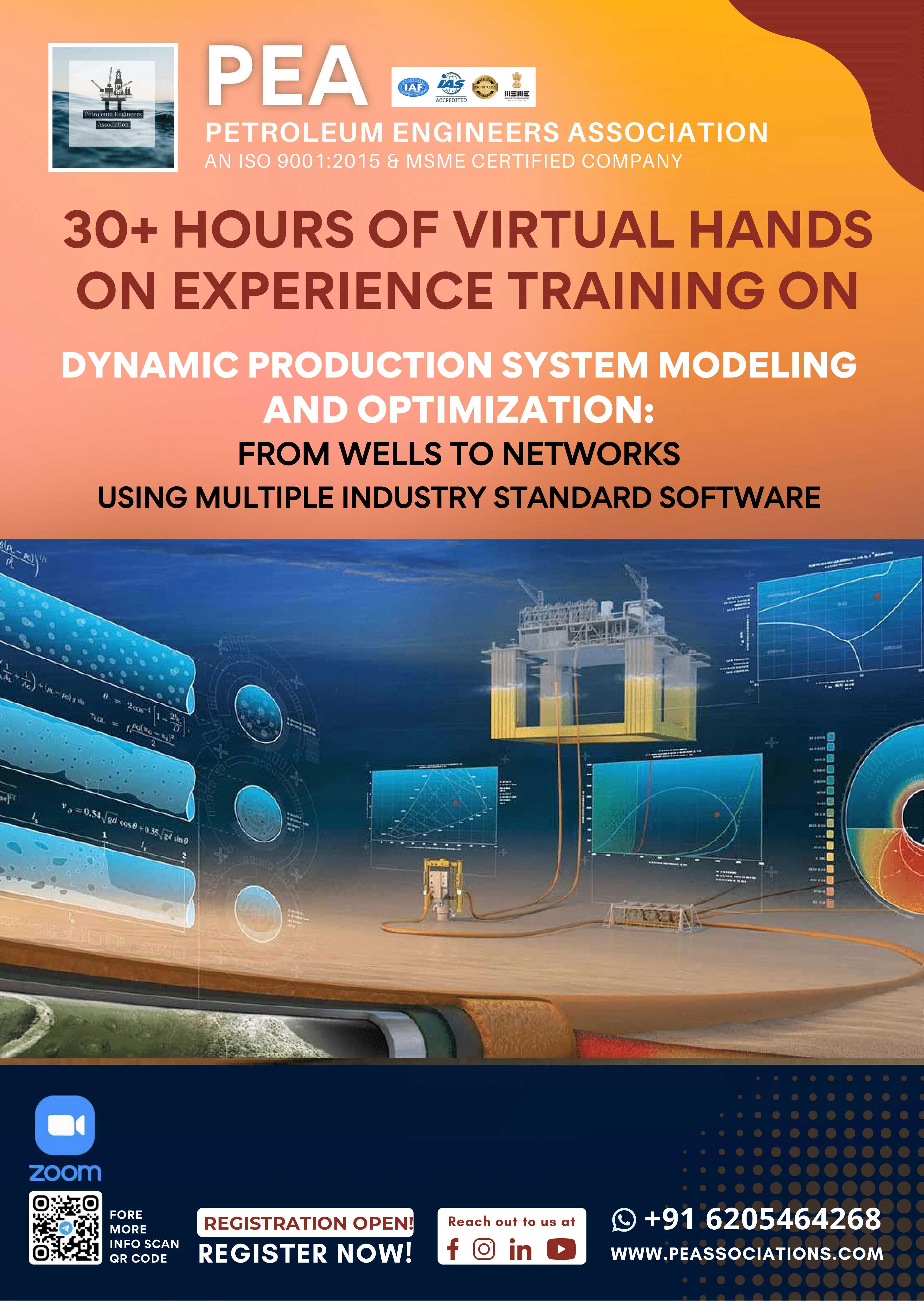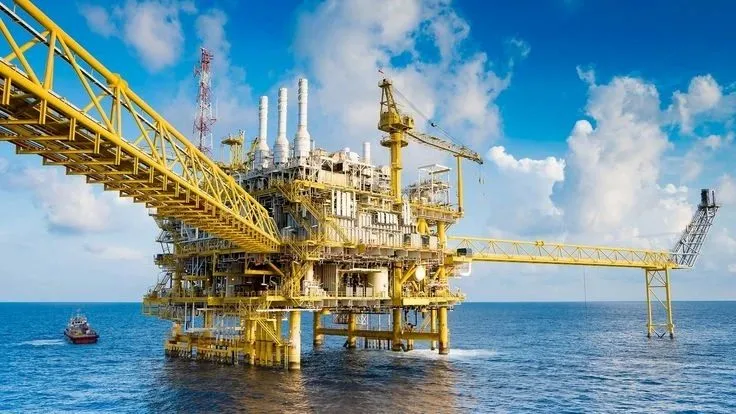| Code | Date | Time | Duration | Location | Currency | Team of 10 Per Person | Team of 7 Per Person | Early Bird Fee Per Person | Normal Fee Per Person |
|---|---|---|---|---|---|---|---|---|---|
| ALEX26 | 08 - 19 Jun 2026 | 8 PM Indian Time Onwards |
3 Hours Per Day - 2 Weeks
|
Zoom Online
|
USD
|
1200
|
1350
|
1500
|
2000
|
The Classes Will be Online Via Zoom from Monday to Friday for 2 Weeks.
Boost your team's skills and your budget! Enjoy group discounts for collaborative learning. Send an inquiry to info@peassociations.com.
Artificial Lift & Production Optimization Using Excel
Gain practical skills in artificial lift and production optimization techniques using the power of Microsoft Excel. This course provides hands-on experience in analyzing well performance, optimizing lift systems, and boosting production efficiency.
Description
This comprehensive course equips oil and gas professionals with the knowledge and skills to effectively utilize Microsoft Excel for artificial lift design, analysis, and optimization. Through a combination of expert instruction, real-world case studies, and interactive exercises, participants will learn how to leverage Excel's powerful tools to improve decision-making and maximize production.
In today's competitive oil and gas industry, maximizing production efficiency is critical. Artificial lift plays a vital role in optimizing well performance, and Microsoft Excel provides a powerful platform for analyzing data, evaluating lift systems, and making informed decisions. This course bridges the gap between theoretical concepts and practical application, empowering professionals to enhance their skills and contribute to increased production.
Upon completion of this course, participants will be able to:
- Understand the principles of artificial lift systems and their applications
- Utilize Excel to analyze well performance data and identify optimization opportunities
- Design and evaluate artificial lift systems using Excel-based tools and techniques
- Optimize lift parameters to maximize production and minimize operating costs
- Troubleshoot common artificial lift challenges using Excel for diagnosis and analysis
- Apply data visualization techniques in Excel to communicate findings effectively
This course employs a blended learning approach, combining:
- Expert-led instruction
- Hands-on exercises
- Real-world case studies
- Group discussions and Q&A
By implementing the techniques learned in this course, organizations can expect to:
- Increase production efficiency: Optimize artificial lift systems to maximize well output.
- Reduce operating costs: Improve decision-making to minimize downtime and maintenance expenses.
- Enhance data analysis capabilities: Leverage Excel to gain valuable insights from production data.
- Improve operational decision-making: Make informed decisions based on data-driven analysis.
Participants will gain:
- Enhanced skill set: Develop valuable skills in artificial lift optimization using Excel.
- Increased career opportunities: Become a more valuable asset to their organization or pursue new career paths.
- Improved problem-solving abilities: Apply analytical techniques to address production challenges effectively.
- Greater confidence in decision-making: Make informed decisions based on data analysis and interpretation.
This course is designed for a wide range of oil and gas professionals, including:
- Production engineers
- Reservoir engineers
- Operations personnel
- Field technicians
- Data analysts
- Anyone involved in artificial lift operations and production optimization
Areas:
Integrated production system concepts
Fluid characterization
Pressure loss in the wellbore (Pressure Losses)
Pressure loss in the reservoir
Skin components
Well system performance prediction (Well Productivity)
Intro artificial lift systems
Gas lift and ESP systems overview
Practical well modeling activities
Formation damage control
Stimulations
Well Problem Identification
Low productivity fluid
Gas production
Water production
Liquid loading on gas wells
Production optimization
Naturally flowing well
Oil and gas production fields
Discount Revenue
Agenda:
Module 1:
Well performance and skin as design values
Features of Nodal Analysis and skin definition
System analysis approach
Effect of different components on well performance
Commercial Nodal Analysis software revision
Comparing well performance
Module 2:
Control parameters leading to production optimization
Skin components: Reservoir skin, flow convergence, intrawell, multiphase flow
Class exercise: evaluation of skin values for different well completions
Team work concept
Module 3:
DST Calculations
Nodal Analysis
Tubing size selection
Effects of stimulation
Surface chokes
Gas injection
Effect of depletion
Performance vs. Time
Module 4:
Production system calculations
Pressure loss in the wellbore
Pl calculations in a new well
ESP Design
Module 5:
Gas lift depth design
Valve depth calculations
Unlimited gas calculation
Limited gas calculations
Production Optimization Practices
On successful completion of this training course, PEA Certificate will be awarded to the delegates

Jairo B. Garcia - Highly skilled Petroleum Engineer with a proven track record of optimizing well performance, reducing costs, and driving operational excellence throughout the well lifecycle. Experienced in leading well operations across completion, intervention, and production phases in diverse regions. Achieved a 20% reduction in completion times and costs on horizontal/multilateral well projects. Inventor of a tool that decreased downtime by 30%, enhancing safety and productivity. Possesses strong technical skills in well planning, completion design, risk management, and optimization, alongside managerial competencies in strategic planning, budgeting, analytics, and problem-solving. Focused on Well Integrity, Production Optimization, Cost Reduction, and HSE.

